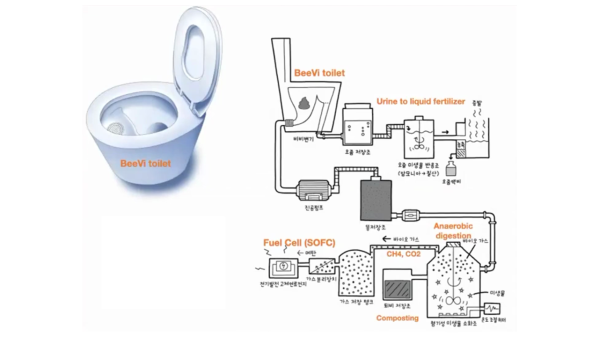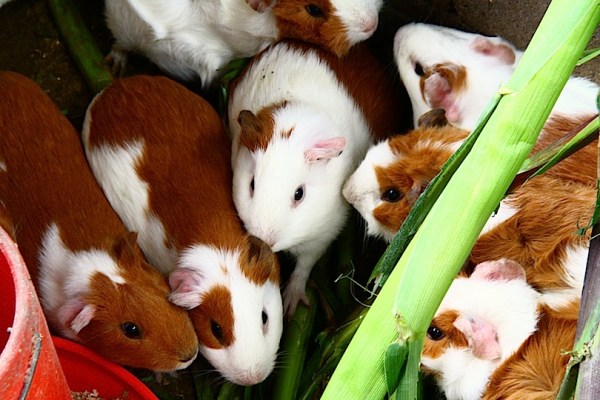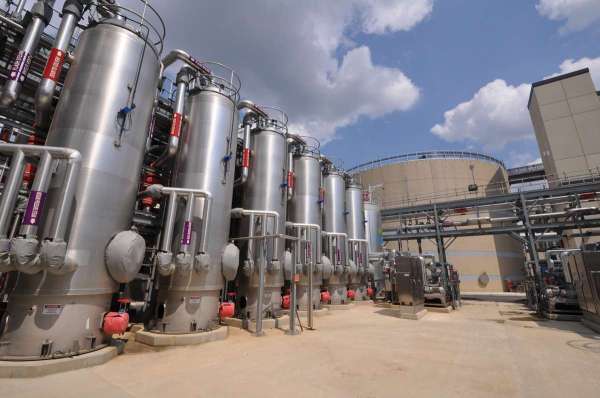Environmental Engineering [Prof Jaeweon Cho] at South Korea’s Ulsan National Institute of Science and Technology specializes in water and waste management. He has developed an energy-generating toilet called BeeVi (pronounced beevee) that recycles your waste in three ways. Liquid waste is processed in a microbial reaction tank to make a liquid fertilizer. Solid waste is pumped into an anaerobic digestion tank, which results in methane gas used to power a silicone oxide fuel cell to make electricity. The remaining solids are composted to make fertilizer. The daily waste from one person is about 500 g, which can generate about 50 L of methane.
The BeeVi toilets, located on the UNIST campus, pay students in a digital currently called Ggools, or Honey Money in English. Each deposit earns 10 Ggools, which can be used to purchase coffee, instant noodles, and other items (one Ggool is equivalent to about $3.00 value). The output from this pilot project is used to partially power the building on campus, and to fertilize gardens on the grounds. If you want to learn more, here is a video lecture by [Prof Cho] (in English).
Waste management is an area of research around the world. The Gates Foundation has been funding research into this field for ten years, and has held a number of expos over the years highlighting innovative solutions, most recently being the 2018 Reinvent the Toilet Expo in Beijing. We wrote a piece about the future of toilets last year as well.














